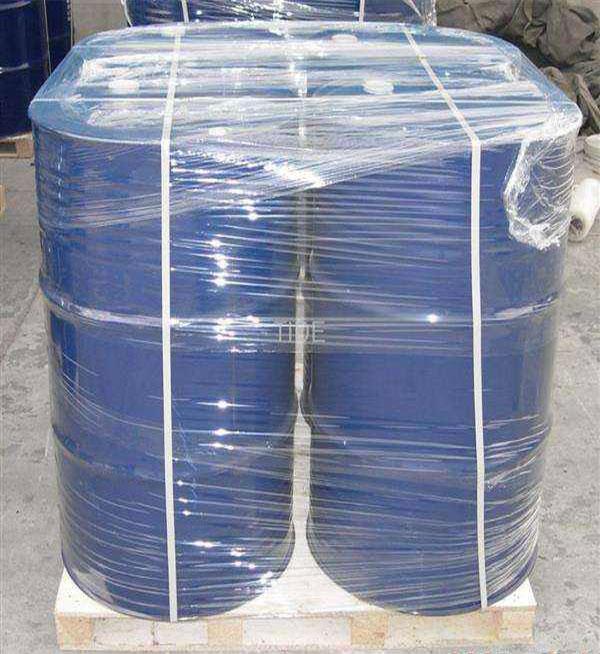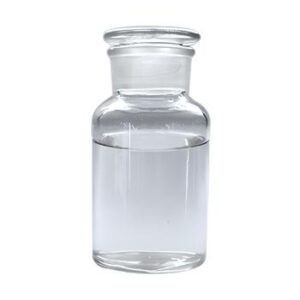Description
Turpentine Oil: Quick Details
Chemical Name: Turpentine Oil
CAS Number: 8006-64-2
Molecular Formula: C₁₂H₂₀O₇
Molecular Weight: 276.283
Appearance: Transparent, colorless liquid with a characteristic pine tree aroma.
Typical Properties of Turpentine Oil
| Item | Standard | Results |
|---|---|---|
| Appearance | Transparent, colorless liquid, with characteristic pine tree aroma | Corresponds |
| Relative Density (d₁₀/₂₀) | 0.850 ~ 0.870 | 0.862 |
| Refractive Index (20°C) | 1.465 ~ 1.480 | 1.471 |
| Optical Rotation (20°C) | –40° ~ –10° | –35° |
| Main Component | α-Pinene: 85% | Corresponds |
Uses of Turpentine Oil
Turpentine oil is a versatile chemical raw material, used across multiple industries. These include:
- Paint & Coatings: As a solvent and thinning agent.
- Art & Glass Manufacturing: Used in varnishes and finishes.
- Pharmaceuticals: Employed in medicinal ointments.
- Rosin Manufacturing: Vital in producing rosin.
- Shoe Polish & Adhesives: Serves as a solvent in these products.
Industrial Applications and Chemical Synthesis
Turpentine oil is primarily valued for its ability to dissolve organic materials. Key applications include:
- Synthesis of Terpene Alcohols
α-Pinene reacts with sulfuric acid, undergoing hydration to form terpene glycol hydrate. Upon further treatment with dilute acid, this dehydrates to produce a mixture of terpene alcohols, including terpinol and pinoil. - Synthesis of Camphor
Camphene, a component of turpentine, can be converted into camphor through a dehydrogenation process. Additionally, camphene reacts with formic acid or glacial acetic acid to create isobornyl ester, which can further undergo dehydrogenation to form camphor. - Production of Linalool
α-Pinene is hydrogenated to form pinane, which is oxidized by air to produce peroxides. These are then reduced to yield pinanol. Through thermal cracking, this produces linalool, a widely used spice and intermediate in vitamin E synthesis. - Limonene and Laurene Derivatives
By pyrolyzing α-pinene, laurene is produced, which serves as a key intermediate for various fragrances. Linalyl acetate, geraniol, and other compounds with floral and citrus notes can be derived from laurene. - Chinese Masson Pine Turpentine
This variety contains sesquiterpenes such as longifolene and caryophyllene. These compounds, catalyzed by acids, are used to produce isolates with distinct woody and floral aromas. For example, longifolene can be converted into isolongifolene, an ingredient for woody fragrances.
Packaging & Shipping
- Packing: 180 kg per drum, or in ISO tanks.
- Shipping: Can be transported by sea or air.
Storage Conditions
- Store in a cool, dry, well-closed container.
- Keep away from moisture, strong light, and heat to maintain product integrity.
Conclusion
Turpentine oil is a valuable resource in various industries due to its versatile chemical properties. Its primary component, α-pinene, enables the production of numerous chemicals and fragrances used in everything from pharmaceuticals to cosmetics.







Reviews
There are no reviews yet.